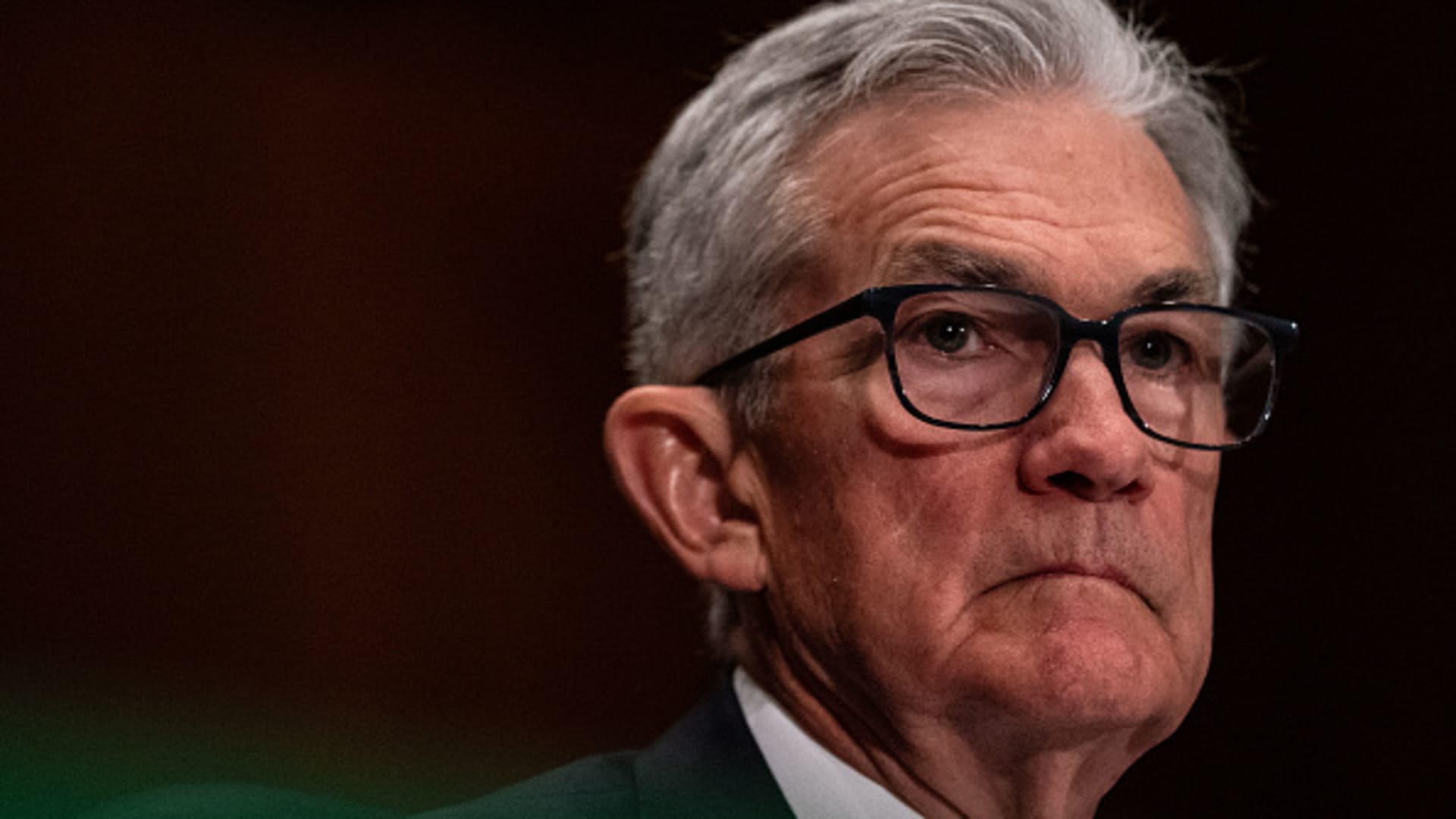
The US Federal Reserve is likely to start cutting interest rates by the end of the second quarter despite recent hotter than expected inflation data. This decision was made after fresh data on prices paid to US producers and unemployment filings showed that retail sales suggested a slowdown in consumer spending, while fewer people applied for and received jobless benefits than previously thought. The Federal Reserve is also considering rate cuts due to the risk of waiting too long may be lower than acting too soon. However, inflation must still cool further before any decision on interest rates can be made.
